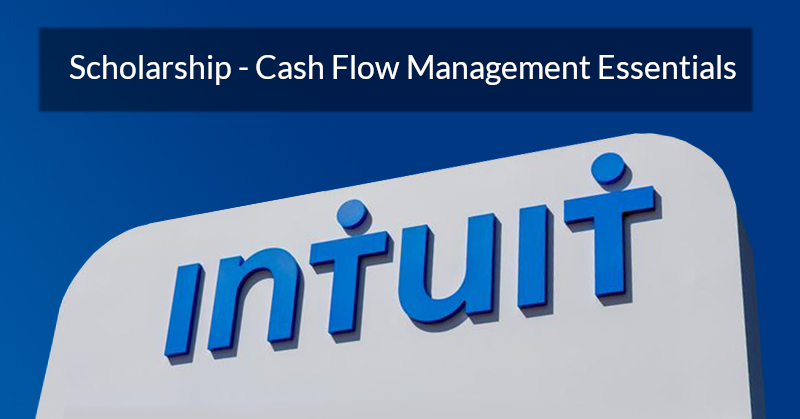With the holiday season right around the corner, I had a weird flashback. I can remember assembling a toy for my daughters and realizing that a critical part was missing from the package. If you know the terror behind this feeling, then you understand the surge of anxiety it creates. The perfect plan is destroyed right in front of your eyes. Of course, I did what any of us would do. I started frantically searching for substitute parts in the garage. I figured 90% was close enough and my daughters probably wouldn’t care anyway.
The problem with this scenario is that I plunged headfirst into the execution of the build. I skimmed the planning part of the instruction booklet, trusting the manufacturer to do my quality control for me. Secondly, I waited until the last minute thinking that my experience putting together other projects would carry the day. It didn’t. The toy ended up working a little wonky. I was disappointed. My daughters were still excited and didn’t care that the door didn’t close correctly.
Thinking back on the instruction booklet, I realized that a closer inspection would have avoided this embarrassing situation for me. The answer to the whole puzzle was right at the top of the first page. It was a list of things that I NEEDED. If I would have compared that list to the things that I HAD, I would have noticed the discrepancy and made a different plan. HAVE versus NEED - that was the key to gift-giving that year.
Ironically, HAVE versus NEED is exactly what I teach in my cash flow training. I should have known this principle inside and out. When I put my daughters' toy together, it should have been like muscle memory, and I should have done it instinctively. But I didn’t. Just like many of the people I’ve trained over the years, I simply took things for granted.
Let me explain.
If you have ever experienced a cash flow crunch, then you didn’t recognize the difference between the money that your business has and the money that your business needs. It’s called the Financial Gap or Cash Gap, and most businesses have one. It’s easy to calculate and super simple to control. The only thing necessary is time. You need time to work calculations and time to make adjustments. Just like putting together a play kitchenette for your daughters.
Like any gap, you want this number to be small. Imagine jumping over a gap. The larger it is the more difficult it becomes to overcome. So, our goal in managing the cash flow in our company is to create a financial gap that is very small. Believe it or not, the smaller the financial gap is in your business, the less money it takes to operate your company on a daily basis.
It boils down to comparing two numbers, the amount of money you have and the amount of money you need. The amount of money you have is more commonly known as working capital. This is the amount of money that your company has access to. It is intended to cover your day-to-day expenses and ensure the company is operating smoothly.
That’s the easy part. Working capital is something that a lot of people calculate, but few understand how to use it. If you’re a banker, then working capital is an indicator that you can afford to make your loan payments. But for the rest of us, it’s just a number.
Working capital takes on a whole new meaning when you compare it to the amount of money you need to run your business. Most of us have no idea what that number really is. Believe it or not, it entails more than just the total amount of expenses you have monthly. That number matters, but it ignores the timing of money moving in and out of the company. Therefore, there is a way to calculate the amount of money your company needs. The calculation differs between goods and services companies and involves understanding your cash conversion cycle.
When you compare the amount of money you have against the amount of money you need, the result is a cash shortage or abundance. The evidence of a cash shortage is why you feel like you don’t have enough money, or why you worry about paying your bills. The good news is you can fix it and be confident that you know exactly how much money it takes to make your company run smoothly.
How do you calculate how much cash your company needs? It is a simple calculation, but one that is critical to understand. To learn how to calculate it, take advantage of Intuit's limited-time offer of a scholarship to join me for FREE for the Cash Flow Management Essentials Power Day through Woodard Institute. Eligibility and other limits apply.
During this Power Day, offered on December 2 or December 13, you will learn critical and essential cash flow concepts that every business needs to maximize cash flow and profits in a simple, yet powerful way. The concepts will not only assist you with managing your own practice but will allow you to add a new, value-infused service for your clients and generate new revenue streams for you.
Join me to learn more about cash flow management! I just wish there had been a Power Day for assembling toys that year, or I wouldn’t have suffered the frustration of a cabinet door that just wouldn’t close.
Who is eligible?
ProAdvisors who support at least three clients with professional bookkeeping services and/or client accounting services are eligible for the scholarship.
How can the scholarship be accessed?
Simply follow these steps.
1. Go to the Limited Time Offer from Intuit QuickBooks page
2. Click "Enroll Now" on Cash Flow Management Essentials and select December 2 or December 13
3. Complete the registration form using the coupon code INTUIT100PD to register for free
You will then receive a confirmation email from Woodard.
.png?width=150&height=63&name=TWRlogo-regmark_blueblack%20(1).png)
.png)










Do you have questions about this article? Email us and let us know > info@woodard.com
Comments: